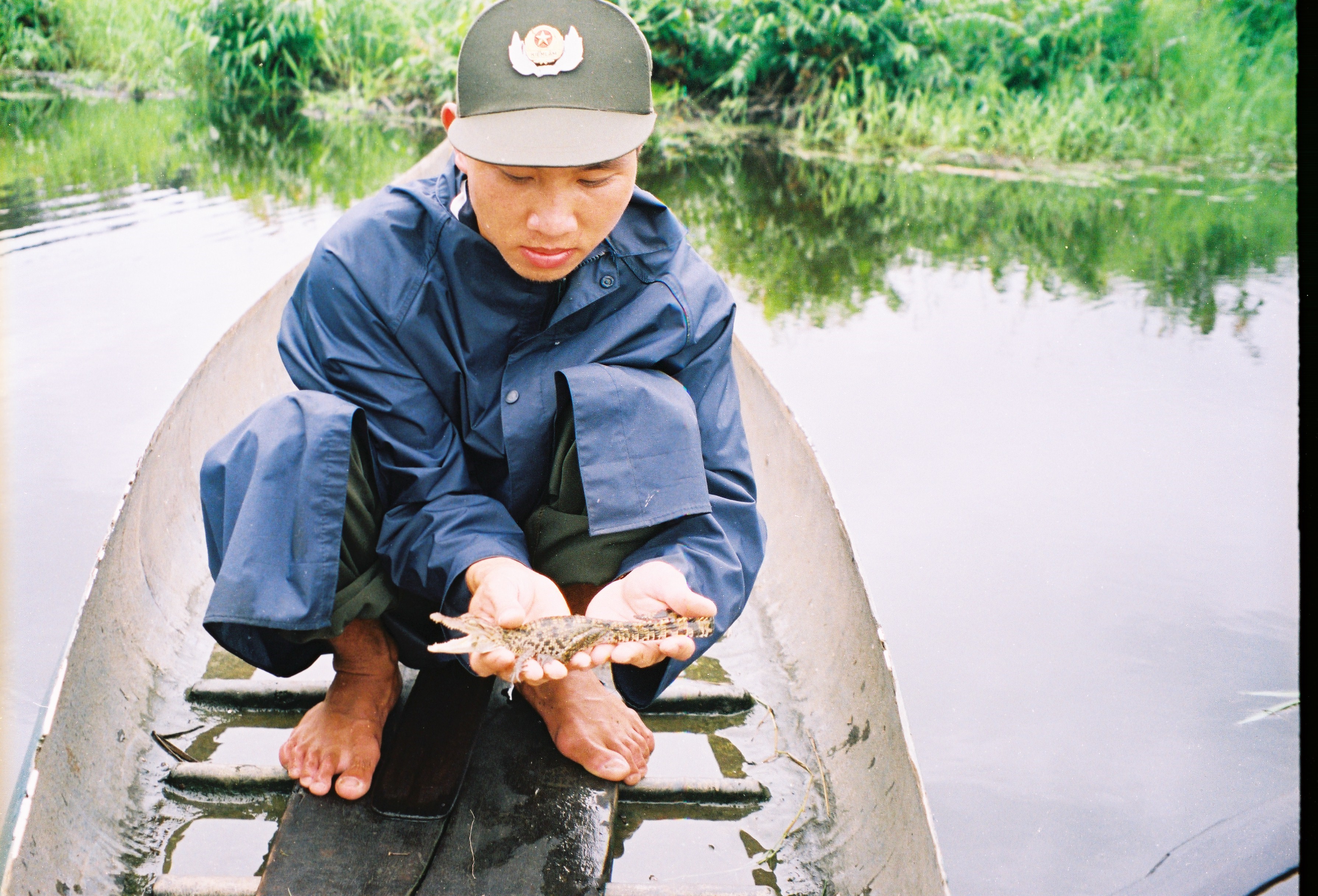

Before 1990, the area around Bau Sau was under severe pressures from local communities in Dak Lua Commune. Local people often entered the park for harvesting timber, fishing, and hunting animals. Conflicts between locals and forest rangers occurred frequently and seriously (with death, and a ranger station was burnt in 1990).
After establishment, the park managers focused on law enforcement. Number of donor projects in this period helped improving local livelihoods through productive and effective farming, e.g. irrigation, increasing rice crops cultivation from twice to three times/year, high yielding maize. With consensus from local people, households living in the core zone were supported to relocate to the buffer zones. Forest protection contracts were signed with local households, forest protection teams were established in villages around the park. Illegal activities were sharply reduced. Relationship with local communities has been improved, pressures on natural resources has reduced, and the habitat quality has been enhanced.
Along with proactive habitat restoration measures, wild fauna populations recovered rapidly. In addition to the Siamese Crocodile population that was re-established in Bau Sau area, other populations of animals of conservation concerns such as Gaur, and Green Peafowl etc. are well maintained.
- New protected area policies have helped solving many limitations in the previous period.
- Appropriate conservation plans and strategies are in place.
- There are sufficient resources (human, financial) provided through nationally and internationally funded projects.
- Active participation of local communities in conservation work.
- New awareness on biodiversity conservation regarding restoration of wild native and threatened species.
The conservation achievements of Cat Tien National Park could have only be achieved when the participation of the community was mobilised. Good strategic plans and sufficient financial investment have helped local communities redirect livelihood activities to reduce pressures on natural resources, thereby creating conditions for the restoration and improvement of the park’s biodiversity values.